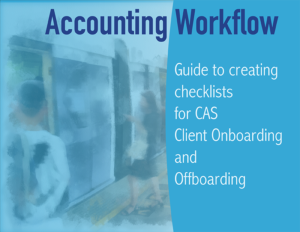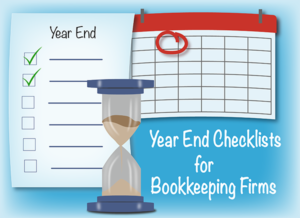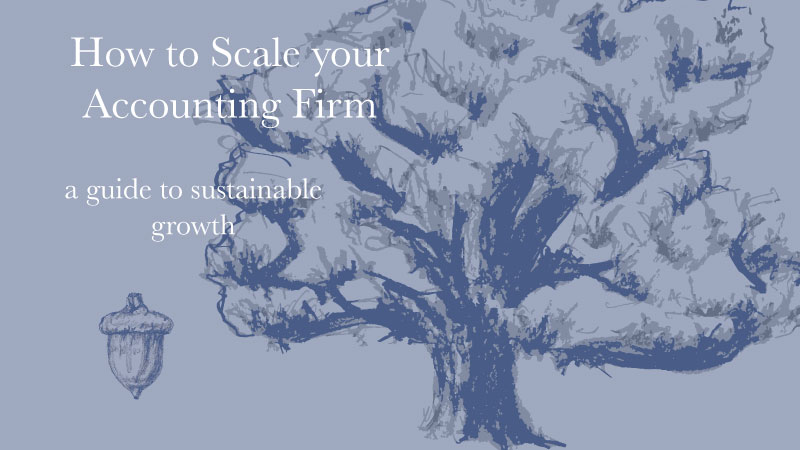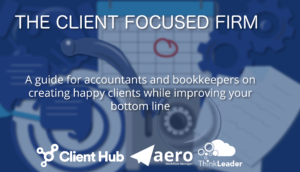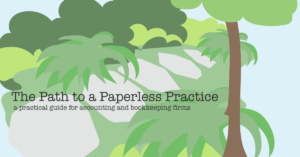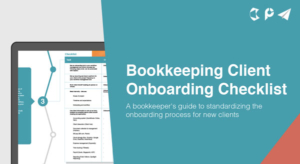Are you already feeling the stress of year-end at your bookkeeping firm? We feel you, which is why we want to share one of our favorite tricks for conquering the year-end with less stress and fewer headaches: checklists! Year-end checklists help you ensure you don’t miss any essential steps when there are a lot of them.
Year-end is incredibly busy with the holiday season, vacations, staff shortages, and preparing for tax season. Tackling something like it takes preparation and mindfulness towards your procedures NOW so that it won’t be a concern later. So, here’s how to get started with year-end checklists!
Why Checklists?
Checklists are an incredibly effective tool for SO many tasks at your bookkeeping firm, from onboarding new clients to adopting new technology. When you’re working with a team, it isn’t easy to know everything that’s happening, at all times. It’s essential that there is some level of standardization to guarantee that clients, no matter who they’re working with, all have the same great experience. That’s where checklists come in. Checklists allow you to perform the same task, the same way, every time, across the board.
How Do I Get Started?
If you haven’t begun the process of documenting your procedures and creating easy-to-follow checklists to guide your team, there’s no time like the present! It all begins with identifying all the tasks, from the most minuscule assignment to much larger charges. Have your team put their heads together to create the list — and the collaboration won’t stop there!
After you have a list of tasks, it’s time to document your procedures. It’s vital to your business (and to any hope you have of scaling it) to standardize procedures. You can do this by breaking each job down into the smaller parts of the process. For example, offboarding a client is a lot more complicated than just cutting ties. You’ve got to review your engagement letter, notify involved parties, close out projects, and maybe even change some passwords for security purposes. Missing any of those steps could spell big trouble for your firm.
Once you have your tasks laid out in step-by-step checklists, it’s time to find a place to keep them. Store your checklists in a secure, accessible place so that your information is safe and your team can access the lists whenever they need them.
The final step is simply reviewing them. Make it a habit to go through your checklists every once in a while and update whatever needs updating. This might be necessary whenever you switch technologies, make staff changes, or just find a better way to do an old job.
What Checklists Should I Have?
For year-end specifically, there are certain tasks you must prioritize documenting in order to prepare for tax season, such as preparing for 1099s. You can also create checklists for tasks like offboarding customers, delegating work when staff members are out sick, and gathering financial statements. Remember: the key to the checklist is that every little thing matters. You might not think you need a reminder about sending a thank you email… until you forget to do it in the midst of the year-end chaos.
Checklists should help make your year-end at your bookkeeping firm much easier, which is exactly what we all need. The Aero Workflow software also makes it easy to document and edit your procedures. Check out our free demo here!



